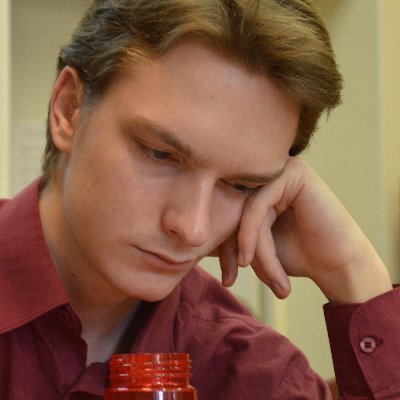M-reduplication and Indefinite Pronouns
Alexander Sergienko (HSE University)
In this report I present a strategy of forming indefinite pronouns with the means of m-reduplication, which is attested in several languages of Dagestan.
In some languages of Caucasus indefinite pronouns can be formed by the means of m-reduplication. This function of m-reduplication is different from its use in other languages, where it expresses similative plural.
M-reduplication is a type of echo-reduplication, and it is found in languages as distinct as Turkish, Khalkha Mongolian and Balochi. It is similar to shm-reduplication attested in Yiddish, English and Polish (breakfast-shmreakfast, coffee-shmoffee).
M-reduplication roughly means ‘…and so on’, ‘and other things’. For example, Recep Tayyip Erdoğan famously threatened to ban Twitter in Turkey, calling it ‘Twitter-Mwitter’ (‘Twitter and stuff’, (Armoskaite, Kutlu 2015)).
However, in the Caucasus the very same construction can get a different meaning. In Lezgian one can say ‘someone’ using a word kas-mas, which is a reduplicated form of kas (‘person’). Similarly, the pronoun zat’-mat’ (‘something’) is derived from zat’ (thing).
Similar constructions are found in Dargwa and Tabasaran (kas-mas), Kumyk (gishi-mishi, from gishi – ‘man’).
These instances of m-reduplication are different from ‘usual’ m-reduplication. Firstly, they are very common. Secondly, they are stylistically neutral, while ‘redular’ m-reduplication carries a dismissive meaning. ‘Nominal’ m-reduplication has a similative plural meaning, while the ‘pronominal’ does not. Finally, m-reduplication here changes the lexical category of a word.
Still, despite these differences, it is clear that ‘nominal’ m-reduplication is the diachronic source of ‘pronominal’ m-reduplication. Though its meaning has been radically changed: instead of being a funny way to denote a set of ‘things related to X’ it became a productive process to form indefinite pronouns.











